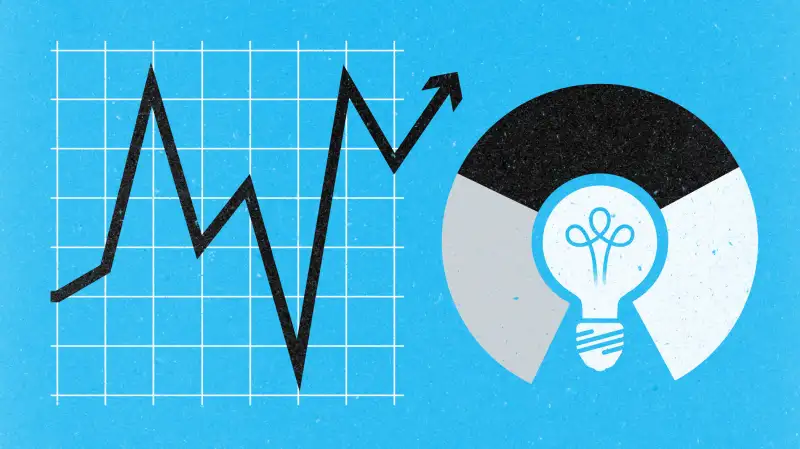How to Secure Your Finances When Reality Doesn't Bite
Money is not a client of any investment adviser featured on this page. The information provided on this page is for educational purposes only and is not intended as investment advice. Money does not offer advisory services.

Q: I am a 22-year-old college grad with a six-figure income and minimal student debt. I have no car and live with my parents. Is there something I should do now to lead a secure and fiscally responsible life? My father gave me the name of his planner but he was of little help — Timothy
A: Given your age, healthy salary, low expenses, and minimal debt, you’re financial situation is pretty straight forward. “There is a time and a place to work with a financial planner, and now may not be one of them,” says Maggie Kirchhoff, a certified financial planner with Wisdom Wealth Strategies in Denver.
If you still want some guidance, you may have better luck getting referrals from friends or colleagues. “A planner who’s a good fit for your parents may not be a good match for you,” she adds.
In the meantime, there are plenty of things you can be doing to improve your financial security. The biggest one: “Save systematically,” says Kirchhoff. If you start saving $5,500 a year, even with a conservative 5% annual return, you’ll have nearly $600,000 when you turn 60. “That assumes you never increase contributions,” she says.
It sounds like you’re in a position to save several times that amount now that your expenses are still low. Make use of your current economic sweet spot by taking full advantage of tax-friendly retirement vehicles, such as an employer-sponsored 401(k) plan. You can sock away up to $18,000 a year in such a plan, and any contributions are exempt from federal and state taxes. If your employer offers matching benefits, contribute at least enough to get the most you can from that benefit.
Your 401(k) plan likely offers an allocation tool to help you figure out the best mix of stocks and bonds for your time horizon and risk tolerance. Based on that recommendation, you’ll want to choose a handful of low-cost mutual funds or index funds that invest in companies of different sizes, in the United States and abroad. “You can make it as complicated or simple as you like,” says Kirchhoff.
If you want to keep things simple, look at whether your plan offers any target-date funds, which allocate assets based on the year you expect to retire (a bit of a guess at this point) and automatically make changes to that mix as that date nears. Caveat: Don’t overpay to put your retirement plan on autopilot; ideally the expense ratio should be less than 1%.
Now, just as important as investing for retirement is making sure you protect that nest egg from its biggest threat: you. Build an emergency fund so you won’t be tempted to dip into your long-term savings — and owe taxes and penalties — if you lose your job or face unexpected expenses.
“A general rule is three to six months of expenses, but since his expense are already so low, he should aim to eventually save three to six months of his take-home pay,” says Kirchhoff, who recommends keeping your rainy-day fund in a money market account that isn’t tied directly to your checking account.
With the extreme ends of your financial situation covered, you’ll then want to think about what you have planned for the next five or 10 years.
Is graduate school in your future? What about buying or renting a place of your own? Once you get up to speed on your retirement savings and emergency fund, you can turn your attention to saving up for any near-term goals.
You might also consider eventually opening a Roth IRA. You’ll make after-tax contributions, but the money will grow sans tax, and you won’t owe taxes when you withdraw for retirement down the road. (Note: You can save up to $5,500 a year in a Roth, but contributions phase out once your modified gross adjusted income reaches $116,000 to $131,000.)
A Roth may not only save you more in taxes down the road, it also offers a little more flexibility that most retirement accounts. For example, you can withdraw up to $10,000 for a first-time home purchase, without tax or penalty, if you’ve had the account at least five years. Likewise, you can withdraw contributions at any point, for any purpose.
What about the student debt? Depending on the interest rate and whether you qualify for a tax deduction (in your case probably not), you could hang onto it and focus on other financial priorities.
That said, if you can make large contributions to your 401(k) plan, build your emergency fund and pay off your student debt at a quicker pace, says Kirchhoff, so much the better.